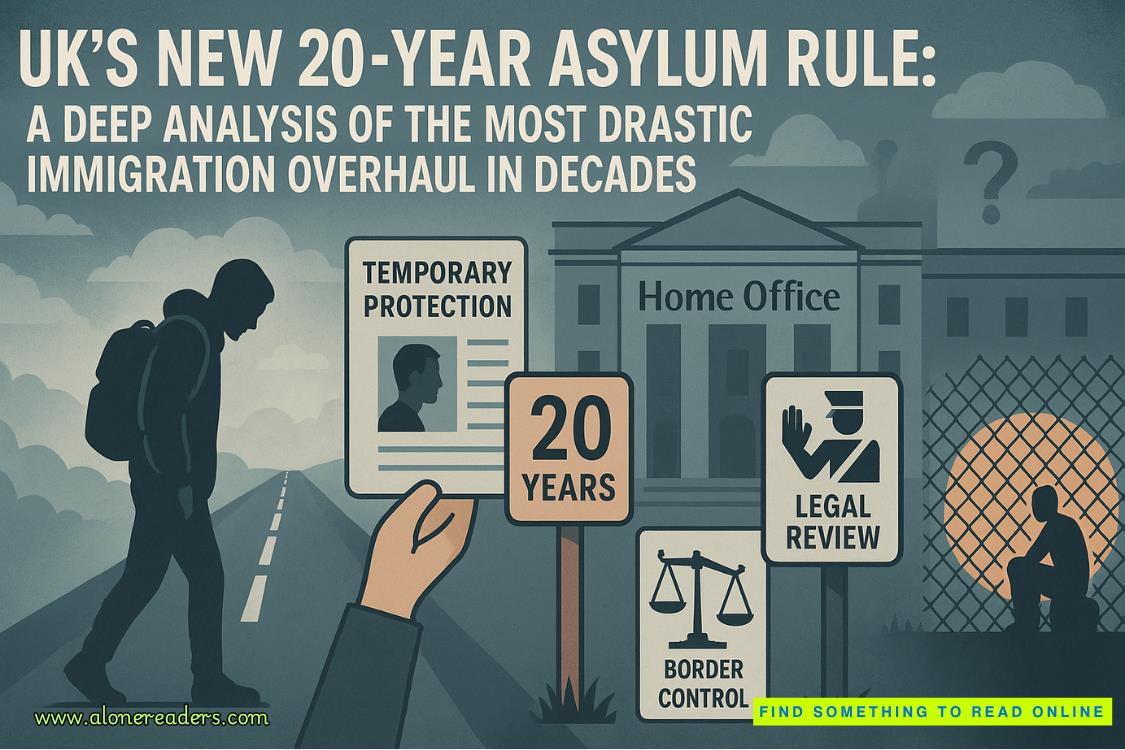Page 18 of Quiet Beautiful Things
“I said I want to learn everything.”
I raise my brows and send a text.
Me: You want to learn ASL?
He looks at me like I asked a silly question. “Of course, why wouldn’t I?”
Me: Over 70% of hearing parents of deaf children don’t learn how to sign. They pin their hopes on hearing-assisted technology. It works for some, but I’m glad you want to learn. Those devices don’t always work out as planned and kids may miss out on a lot of communication which in turn may result in insufficient language input.
His jaw drops. “Seventy percent? That’s insane. Why would they not want to communicate with their children?”
Me: It’s not that they don’t want to communicate. They just assume it’s more beneficial for children to adapt to the hearing world.
An irritated head shake confirms he isn’t one of those parents.
“So,” he asks. “What do we do first?”
I roll my eyes, because where do I even start?
Me: Blake, this will be a long and arduous process. It will come with a lot of frustration. You have to be patient with her. And with yourself. First off, here’s a preliminary list of things NOT to do.
I fetch a preprinted list from my bag. It’s something I give all hearing parents of deaf children. It reads:
Don’t shout. It’s pointless, and it will make you seem angry.
Do not speak slowly or over-enunciate.
Do not look at the interpreter while they are interpreting. They are not who you are having a conversation with.
Don’t call your child disabled. They need to understand deafness is more an obstacle than a disability.
Focus on the myriad things your child CAN do rather than the few they can’t.
Don’t turn down the lights. Deaf need to clearly see other people unless they are sleeping.











